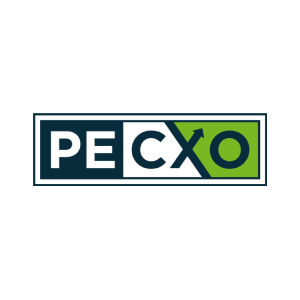When exit time arrives, CXOs must be prepared.
Private equity managers expect a positive outlook on investment opportunities in 2022 following 2021, when the middle-market private equity space saw a soar in deals of up to 38.5% in just the first half. The macro environment and competitive landscape undoubtedly underscore the need to be more prepared than ever in how you present your company to potential buyers.
As such — you have set a viable exit strategy, aligned stakeholders, continued to drive market share and fortunately market conditions are favorable — but deal closing can still present challenges for both buyers and sellers. Regardless of the deal structure and sophistication of the buyer, deals can prove to be a long, multi-step, labor-intensive process with multiple phases of bidding and due diligence. It is incumbent on CXOs to understand how each of the following factors contributes to the company’s overall value proposition and viability as a potential acquisition.
Drive Earnings Growth and Reduce Costs
Throughout the hold period you’ve worked to grow and transform the company into a healthy and profitable one, largely to boost EBITDA and subsequently increase cash flow. However, not every activity that helps a company grow necessarily translates into immediate increased valuation.
When an exit draws near, cost reduction is usually one of the top ways executives drive EBITDA exit multiples upwards
To continue reading on Financial Anatomy of a Private Equity Exit, please log in or register
